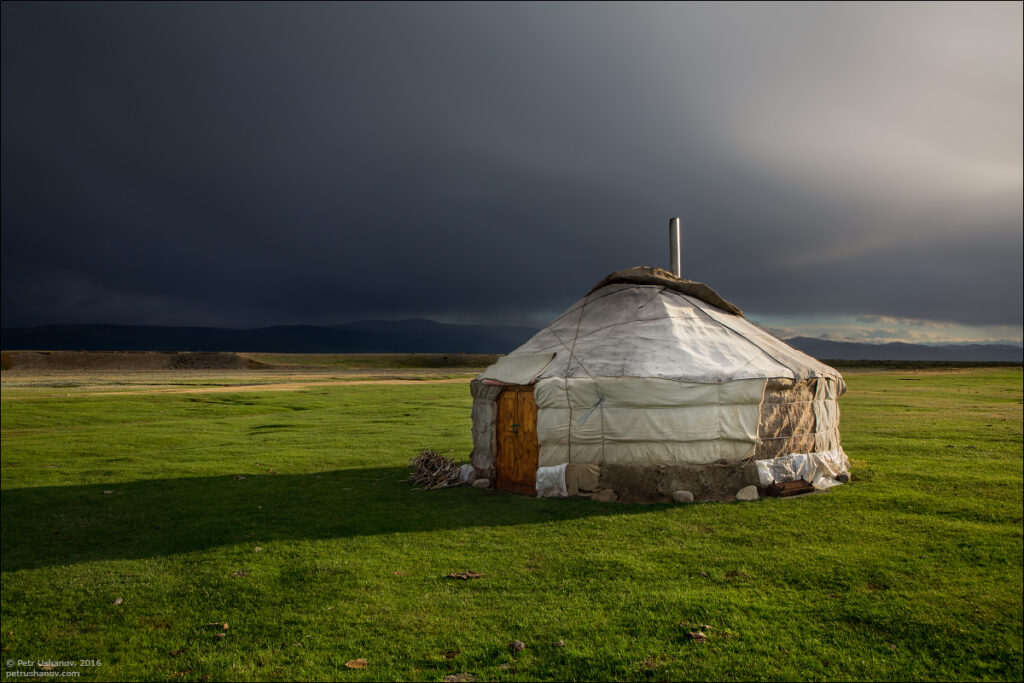Telengit

The beginning of the ethnogenesis of the southern Altaians was the interaction of the ancient Turks-Tele and Turks-Tukyu. The name tele was assigned to the South Altai ethnic group — the Telengites — and was preserved by the Altai-Kizhi in the form of the generic name teles. After the collapse of Genghis Khan's empire and the strengthening of the Western Mongols-the Oirats or, as the Turks called them, the Kalmyks, the Oirat ruler from the "house" of Choros — Khara-Khula — conquered Altai and made it his domain (the end of the XVI century). As a result of the Oirat migration, the Teleut-Telengit community, which occupied the territory of the Altai Mountains south of the Sema River, disintegrated. One part of it gave rise to the Upper Ob Teleutes, the other served as the basis for the formation of the Telengites of the Chui Valley and Altai-Kizhi. The separation of Altai-Kizhi and Telengits is due to the powerful Dzungarian (Oirato-Mongolian) acculturation of the southwestern and central regions of Altai, which determined the beginning of the ethnogenesis of the future Altai-Kizhi, and the southeastern and southern territories (the basins of Chuya, Ulagan, Chulyshman, etc.) were influenced by ethnic groups that emerged at the same time from Sayan. Assimilation and acculturation processes also took place here, which resulted in the accumulation of the Soyon (Tuva) complex of ethnocultural features and rather quickly separated the Telengites of the Southeastern Altai from the Telengites of the left bank of the Katun.
Articles




